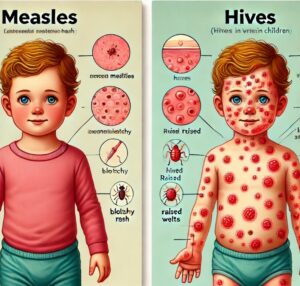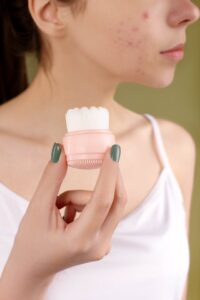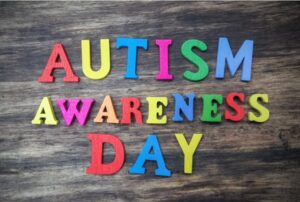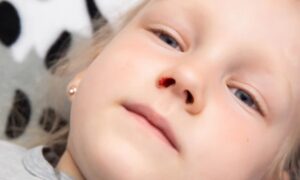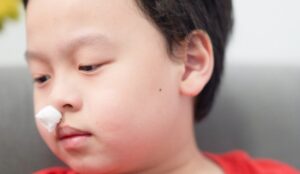Diaper rash is a common issue that many parents face during their baby’s early years. Even with frequent diaper changes and careful hygiene, your baby’s bottom can still become red and irritated, leaving you worried and frustrated. So where does diaper rash come from, and how can you care for it properly?
What Causes Diaper Rash?
A baby’s skin is naturally delicate. When it’s constantly exposed to urine and stool—both of which contain irritating chemicals—and trapped in a warm, moist environment under a diaper, diaper rash can easily develop. The three main culprits are moisture, friction, and lack of airflow. Once the skin barrier is broken, bacteria and fungi can easily invade.
Certain times increase the risk, such as during hot weather, when your baby starts eating solid foods, switches formula, or takes medications—all of which can alter stool and urine composition and irritate the skin further.
Practical Tips for Treating Diaper Rash
1. Gentle Cleaning is Key
Clean your baby’s bottom every time you change a diaper. Warm water is the safest choice. Avoid scented or alcohol-based wipes, especially for babies with sensitive skin. Experiment to find what works best for your baby.
2. Let it Air Dry
Gently pat the area dry with a soft towel—don’t rub. You can also let the skin air dry or use a cool blow dryer at a safe distance.
3. Give the Skin Some Air Time
Use loose-fitting diapers and avoid fastening them too tightly. When the weather is warm, let your baby go without a diaper for a while to give the skin time to breathe and recover.
4. Change Diapers Frequently
Aim to change your baby’s diaper 6–8 times a day, and immediately after they poop. Don’t wait until the diaper feels heavy or smells.
5. Use a Barrier Cream
If you notice mild redness, apply a diaper rash cream with zinc oxide to form a protective barrier and prevent further irritation.
6. Soft Materials Matter
Choose diapers with soft edges or try a size up to reduce friction. If you notice red marks or ring-shaped rashes where the diaper touches the skin, it may be time to change the size or brand.
7. Watch the Diet
When starting solids, some foods—like citrus fruits, juices, or barley—can trigger perianal rashes. Consider pausing those foods to see if the rash improves. Breastfeeding moms should also monitor their own diet.
8. Probiotics Can Help
If your baby has diarrhea due to antibiotics, the risk of diaper rash increases. With your doctor’s guidance, adding a probiotic may help balance the gut and improve digestion.
Don’t Blame Yourself—Diaper Rash Is Not Your Fault
Many moms say, “I change diapers so often, but the rash still happens…” In reality, almost all babies will get diaper rash at some point—it’s part of growing up and not a sign of neglect. The key is knowing how to respond quickly and gently.
Final Thoughts
Your baby’s skin is fragile and needs your tender care. Don’t panic, don’t delay treatment, and don’t rely on harsh solutions. With proper care and a little patience, that sweet baby smile will return in no time.




